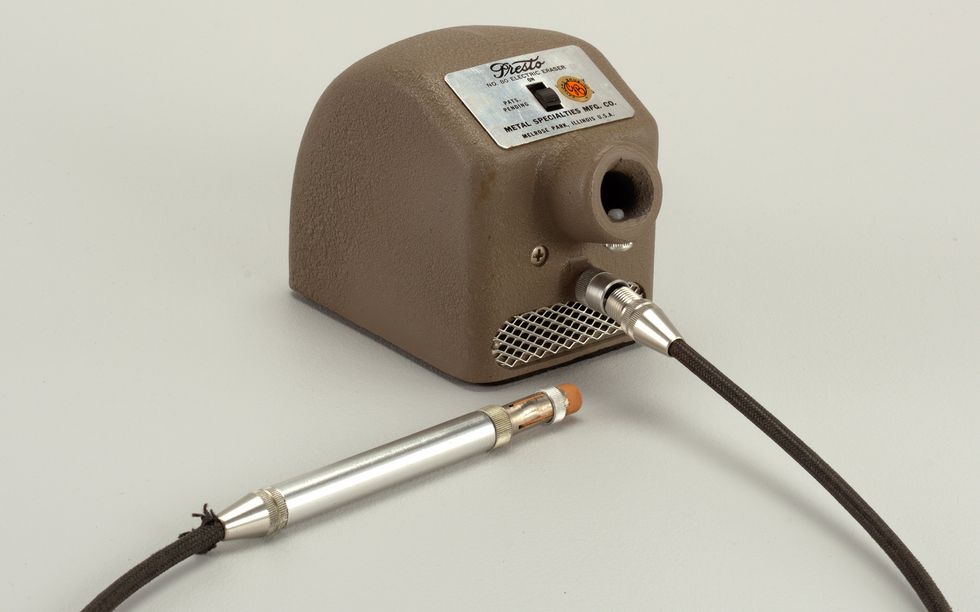Now Reading: Before Undo: The Era of the Electric Eraser
-
01
Before Undo: The Era of the Electric Eraser
Before Undo: The Era of the Electric Eraser

Speedy Summary
- The electric eraser emerged in the early 20th century during a surge of electrifying everyday tools.
- Key inventors linked to early electric erasers include Homer G. Coy (1927) and Ola S. Pugerud (1906), even though Albert Dremel is frequently enough credited without definitive proof.
- Dremel’s 1935 Moto-Tool included a version marketed as an electric eraser, commonly utilized by draftsmen, librarians, and office workers at the time.
- Past issues with natural rubber, including sensitivity to temperature and degradation, were addressed by Charles Goodyear’s vulcanization process in 1839.
- Early manual erasing techniques were complex; bread crumbs and knives were used before natural rubber was discovered for erasure purposes by Joseph Priestley around 1766.
- Despite its decline due to digital technologies today, some visual artists still utilize electric erasers for detailed work like shading or texturing.
For detailed information on the history of the electric eraser’s invention and its evolving usage over time: Read More
Indian Opinion Analysis
The story of the electric eraser highlights humanity’s constant pursuit of technological refinement-even in seemingly mundane objects. For India, much like other inventions fueled by precision needs such as drafting tools or computers, it reflects how innovation transforms industries over time-from architecture to civil engineering-by making tasks more efficient.
Historically reliant on manual labor-intensive methodologies across numerous fields such as cartography or design, India’s growing embrace of high-tech solutions showcases parallels with global trends observed during electrification’s rise. This case also underscores the broader societal shift towards digitized practices seen globally-the transition that renders physical tools obsolete but retains their nostalgic value among niche communities like artisans.
Preserving knowledge around artifacts such as these is crucial within India’s context to; it emphasizes bridging gaps between legacy methods and contemporary automation while recognizing that creativity can thrive nonetheless of technological advancements.
























